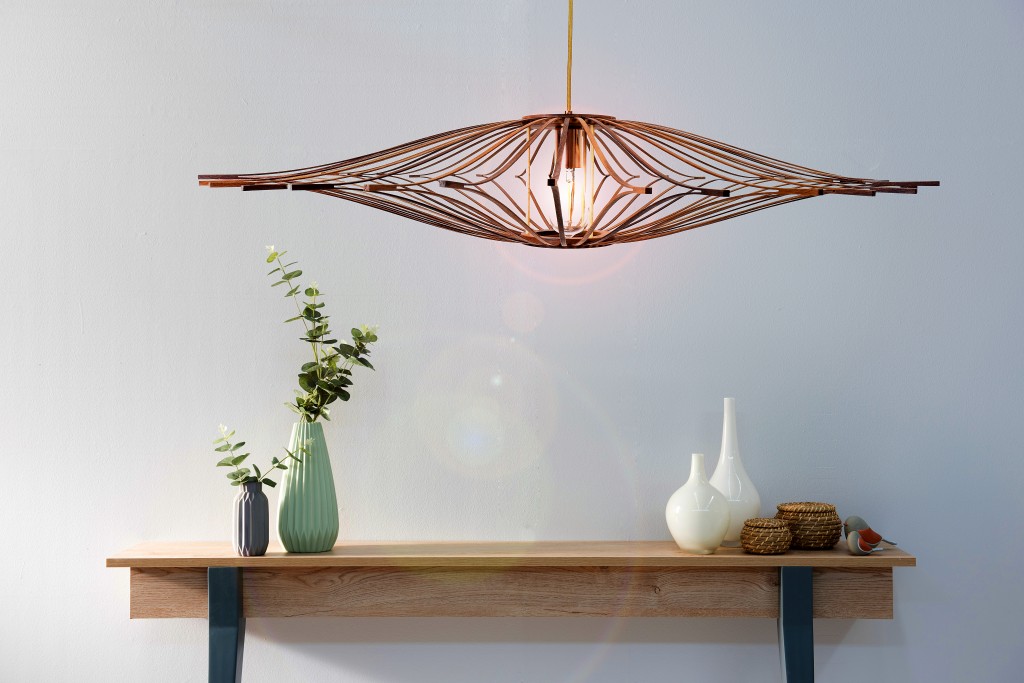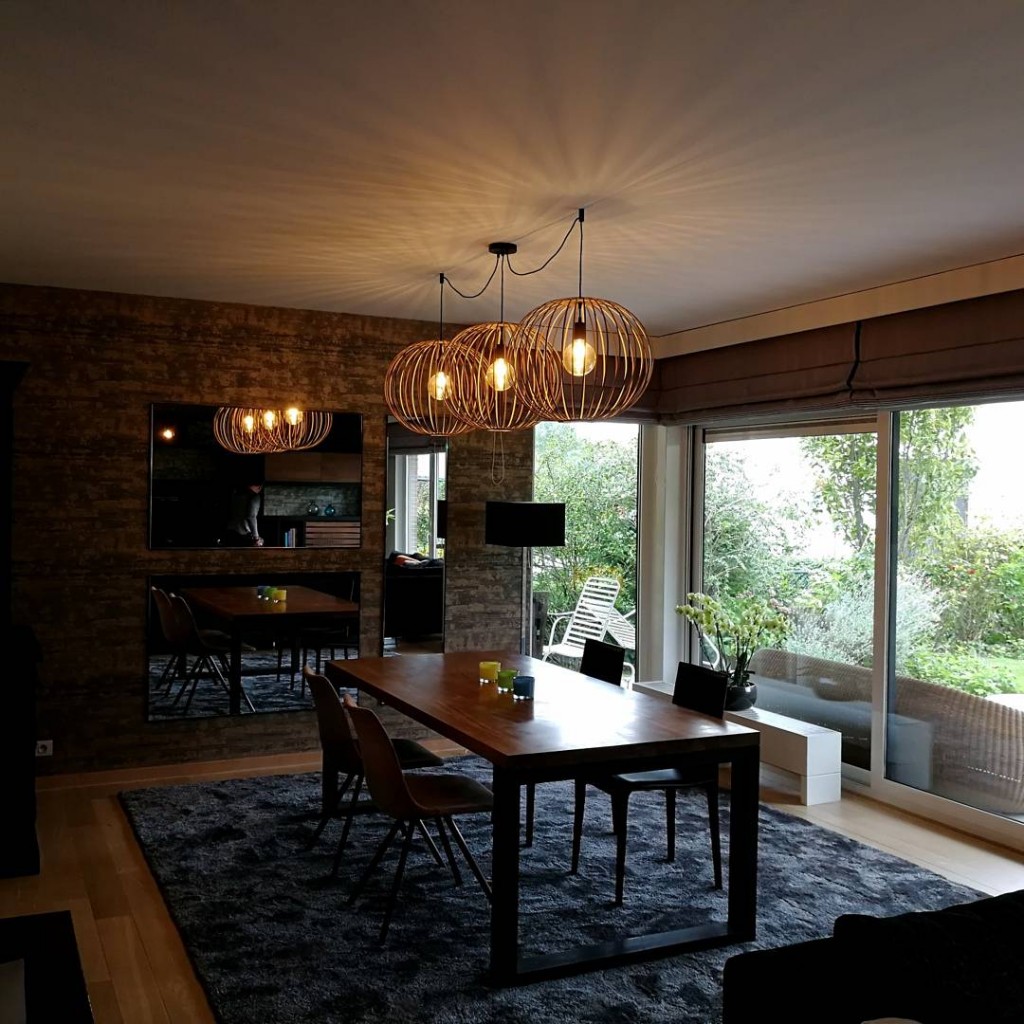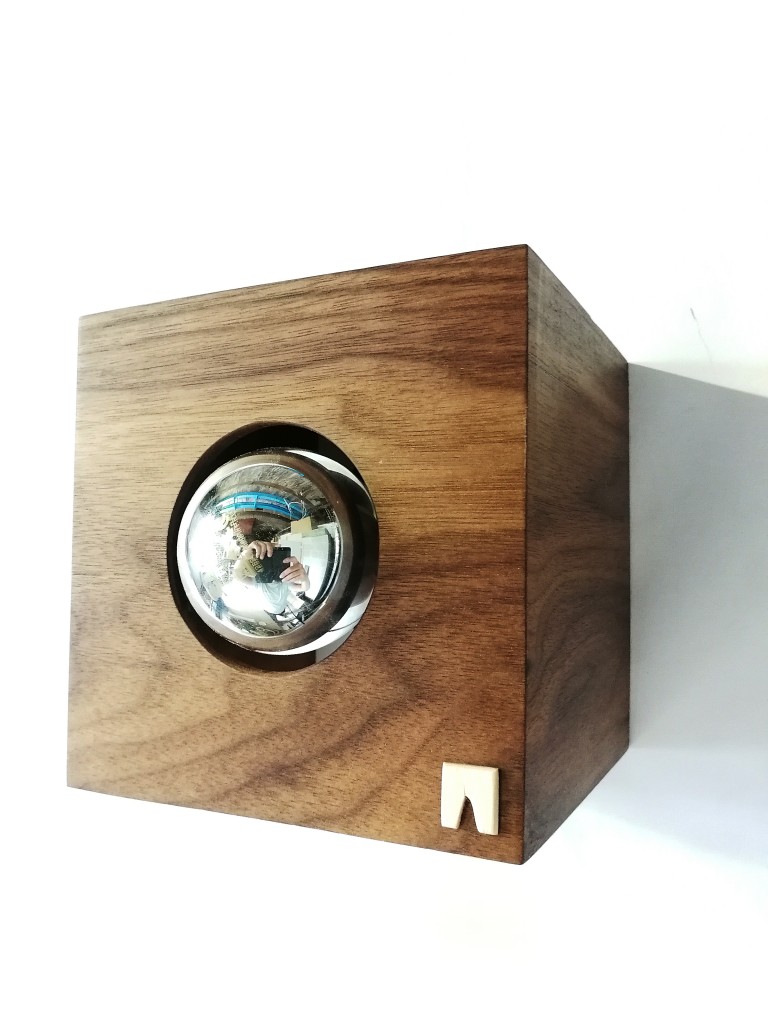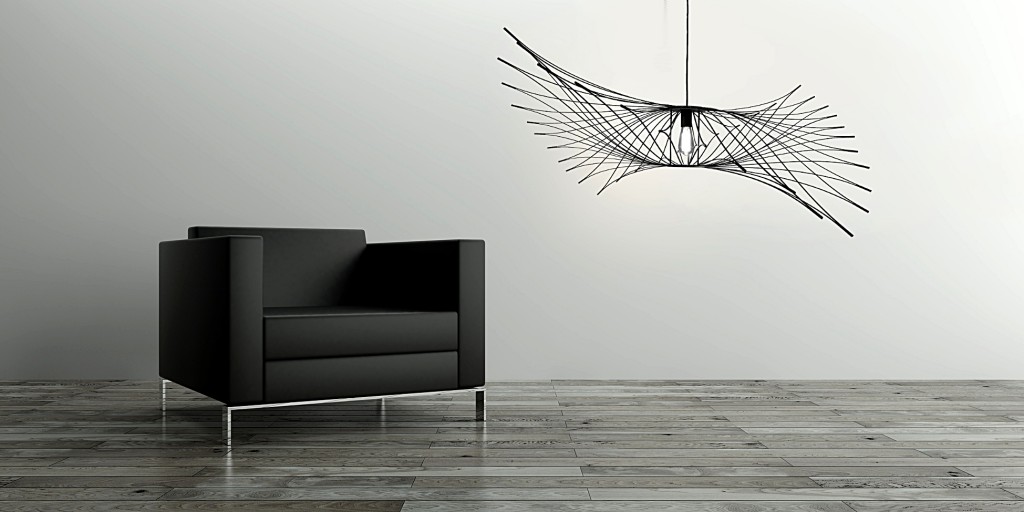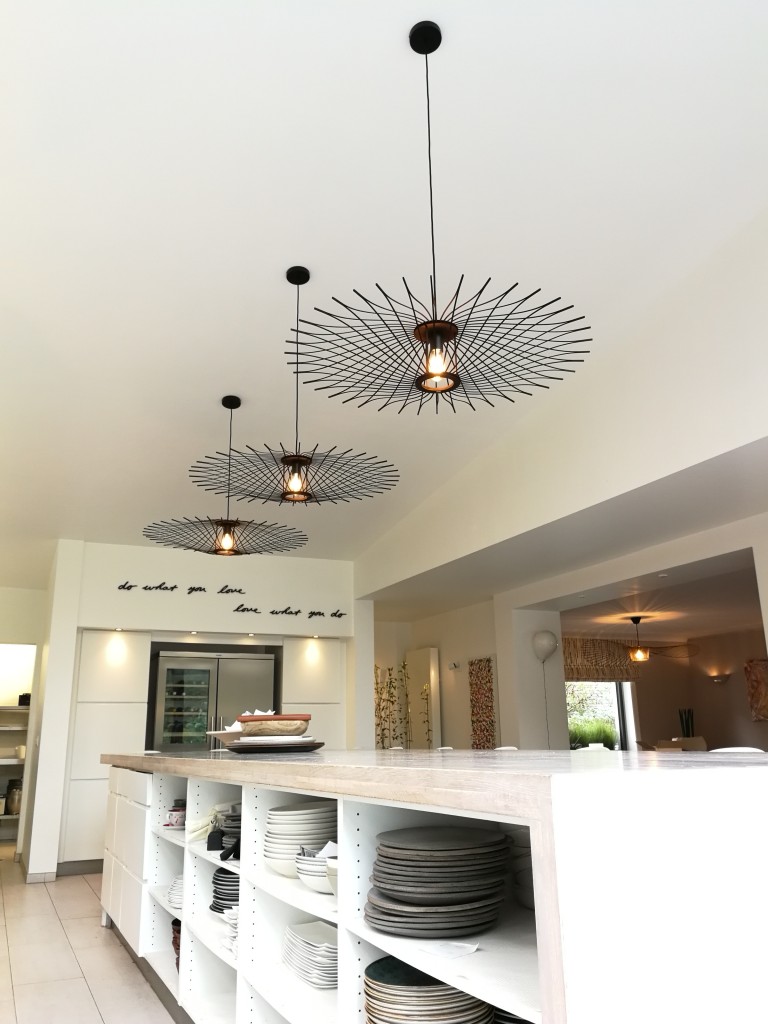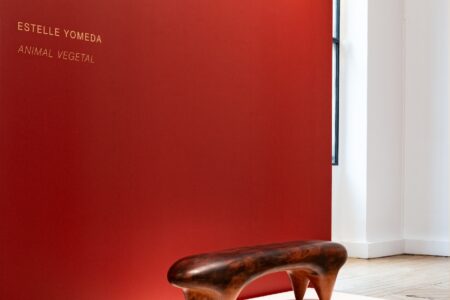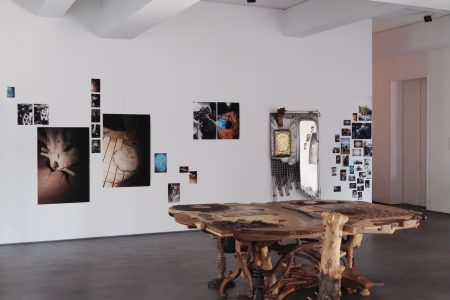Art Maker : The Art of Lighting
When he started up his new profession, as a designer of luminaires, Liege-native Yves Dejardin did not try to capitalise on the ecological, local or Made in Belgium aspects to promote his label. Yet his products meet all three criteria, between shadow and light.
TLmag: Your first trade was graphic designer. Before launching Art Maker, you did this, and several other jobs. Was it all a personal quest?
Yves Dejardin: When you think about it, my path was relatively coherent. I graduated from the Liège Fine Arts Academy. I first did graphic design for a media agency. I also worked for giant Sony, where I handled the promotion of video games. And then I reached my 40th birthday. This was a rather critical juncture that pushed me to begin thinking about what I really wanted to do with my life. Both of my parents had an artistic background. My father loves handicrafts. So, in that way it could be seen as a sort of return to my roots.
TLmag: The first luminaire you designed under the Art Maker label was constructed of 40 wooden blades.
Y.D. : It was rather symbolic. The rays express my desire to change my life. Right after, I created Double Maxime, whose design obviously extends from the original model. I like working with mathematical calculations, figures. Florentin, the last hanging light that I created, plays on the sizes of the blades that make it up.
TLmag: Yet the result remains organic and harmonious. Wood is omnipresent in your work.
Y.D.: I use afzelia, teak, wengé and bamboo: four exotic woods that are resistant to temperature change. More recently, I introduced Périgord walnut, which has many shades, and goes very well with contemporary furniture. Everything except the electronic elements is in wood, and pegged rather than nailed. Our luminaires – about 80 units per month – are handmade in my workshop in the heights of Liege.
TLmag: What does the name Art Maker refer to?
Y.D: When I began this project, five years ago, I created several prototypes using pieces made with the help of a 3D printer. This machine inspired the brand name, a wink to the “makers”. Currently, 3D plays no role in my work. The 13 models in our current range are all purely artisanal production.
TLmag: And how do you explain the magic that emanates from each of your pieces?
Y.D.: I think that the plays of light and shadow that emanate from a luminaire like Ingrid, an ovoid piece that comes in one, two or three exotic woods, or the Christel sconce, an homage to nature, naturally add greater soul to an interior. These pieces speak for themselves.
TLmag: And what do their names evoke?
Y.D.: Quite simply, each luminaires name is an evocation of the saint of the day on which it was created.
TLmag: Local production is booming. For you, is this artisanal approach a leitmotiv, or could you see yourself industrialising your process?
Y.D.: At a certain point in my development I was on the cusp of doing so. When success arrives, it is tempting to get carried away by it, to increase the points of sale, even collaborate with the bigger players. Especially as I had proposals from that side. I ultimately decided not to industrialise my production. I prefer to grow at my own speed, capitalising on the Belgian and French markets. At first, in any case. For export, I collaborate with independent businesses.
TLmag: Other than the design of new pieces, what stimulates you on a daily basis?
Y.D.: I had the opportunity to make some rather large pieces for exceptional settings such as the Château de Modave, in the Liege region, and even candle holders for the new decor of the restaurant bon.bon in Brussels. Very recently, I designed Double Maximes in white for a new restaurant in Spa, Barisart. This type of project boosts my creativity and prevents me from getting bored. In the longer term, I would like to devote most of my time to design.
